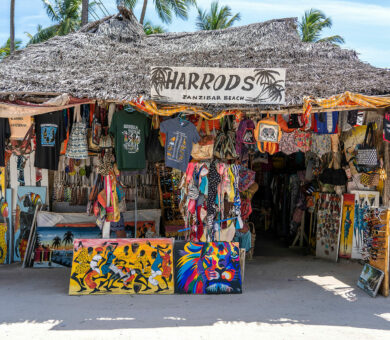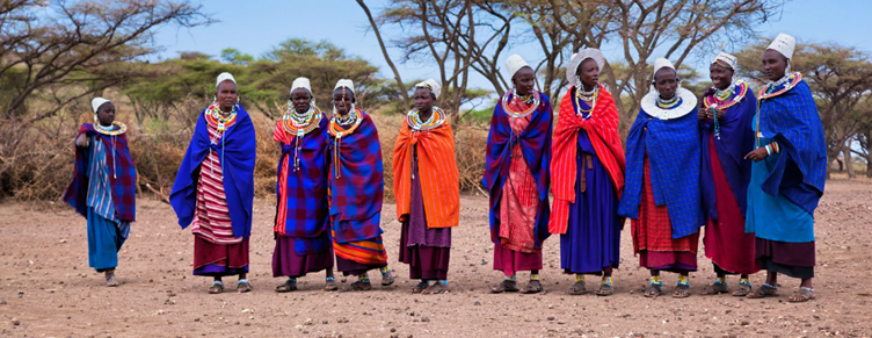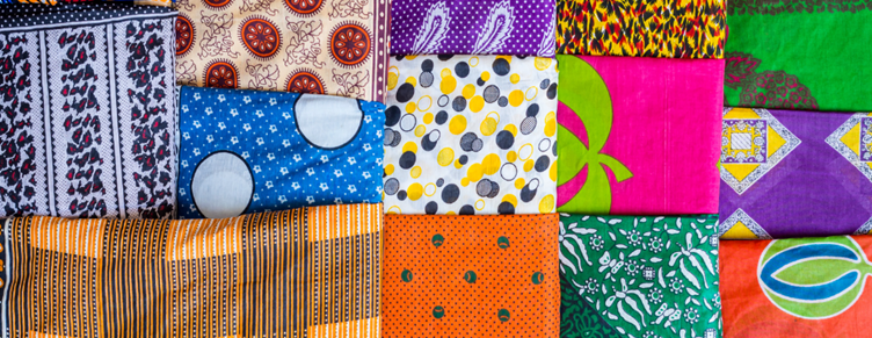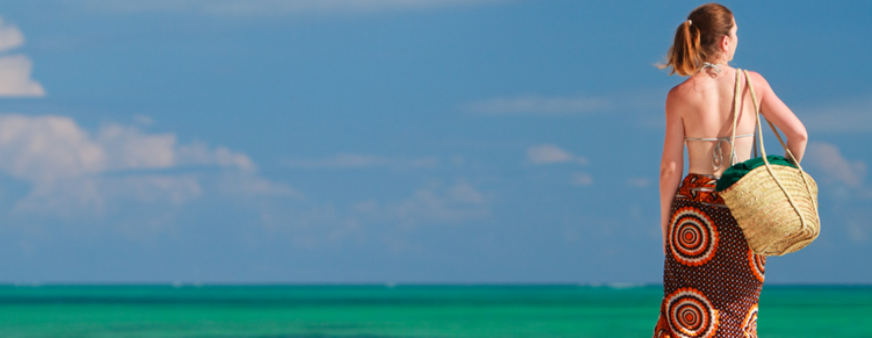Traditional clothes in East Africa tell stories not just about fashion, but about history, culture, and community, with each fabric, colour, and pattern holding a meaning that carries centuries of tradition and symbolism.



Take, for example, the Maasai tribe of Kenya and Tanzania, who wear striking bright reds, blues, and greens. The colours are not just chosen at random, they represent important values, such as the red symbolising courage and bravery and blue signifying energy and sustenance.
East Africa is also the birthplace of Kitenge fabric. Its bold patterns and designs are like a language of their own, telling tales of ancestry, spirituality, and belonging. Whether it is a wedding, a festival, or a ceremony, Kitenge is the fabric of celebration.

One of the most exciting aspects of modern East African fashion is its ability to adapt and evolve while still honouring its roots and culture. Designers are taking traditional fabrics like Kitenge and Kanga cloth and giving them a contemporary twist, experimenting with new cuts, silhouettes, and embellishments to create fresh and innovative looks.
This fusion of tradition and innovation can be seen in the streets of cities like Nairobi, where fashion-forward young people are embracing traditional bold prints and colourful fabrics in their everyday attire. Once reserved for special occasions, traditional Kitenge and Kanga fabrics are now being incorporated into casual streetwear, and it is not uncommon to see young men and women pairing Kitenge skirts or trousers with denim jackets or graphic tees, creating modern outfits that reflect their cultural pride and individuality.
Much like clothing, traditional accessories are not stuck in the past. Designers are giving them new life by mixing old traditions with fresh ideas, such as modern necklaces worn with Maasai beads, keeping traditions alive while embracing what is new. The Maasai tribe’s jewellery is full of meaning, with each bead represents something special, like age, marriage, or even beliefs telling stories of strength and togetherness that have lasted for generations.

Many modern East African fashion brands are committed to sustainability and ethical production practices, using organic materials, supporting local designers and artisans and minimising waste wherever possible. It is a conscious effort to create fashion that not only looks good but also does good, reflecting the values of a new generation of consumers who care deeply about the planet and the people who make their clothes.
The impact of East African fashion on global trends is undeniable, with prominent fashion brands such as Burberry and Louis Vuitton incorporating African-inspired prints and motifs into their collections, drawing inspiration from traditional East African fabrics. These designs, once limited to local markets, have now graced the runways of major fashion capitals.
Celebrities and influencers have also played a significant role in popularising East African-inspired fashion. Beyoncé, for example, has been photographed wearing garments featuring bold African prints, while actress Lupita Nyong’o has consistently championed African designers on the red carpet, bringing attention to their work on an international scale. These high-profile endorsements have helped elevate East African fashion to new heights of visibility and recognition.
Social media platforms are providing a powerful platform for East African designers to showcase their work and connect with a global audience. Designers such as Duro Olowu from Kenya have amassed large followings on platforms like Instagram, where they share their latest collections and engage with fans from around the world. Platforms like Instagram and TikTok have become virtual runways, allowing anyone to showcase the latest trends and styles across the globe.

Events like Lagos Fashion Week and the Swahili Fashion Week in Tanzania attract international designers, buyers, and media, providing a platform for East African talent to shine on a global stage. These events not only showcase the diversity and creativity of East African fashion but bring together designers from different parts of the world.
As previously mentioned, recent years have seen a growing emphasis on sustainability and ethical practices within the fashion industry, and East Africa is no exception. Many local artisans and designers are prioritising environmentally friendly materials and ethical production methods, embracing fair trade practices, and supporting local communities.
For example, organisations like the Ethical Fashion Initiative (EFI), a joint agency of the UN and WTO, work with designers and artisans in Uganda and Kenya to promote sustainable practices and strong governance in the fashion industry. By partnering with international brands like Stella McCartney and Vivienne Westwood, EFI helps designers and artisans access global markets whilst making sure that their traditional craftsmanship is valued and preserved.
East African designers are increasingly turning to eco-friendly materials such as organic cotton, bamboo, and recycled fabrics in their collections. Brands like Lalesso in Kenya and Mille Collines in Rwanda are leading the way in sustainable fashion, creating stylish, contemporary clothes that are also environmentally conscious.

Recently there has also been a growing movement towards upcycling and repurposing existing materials in East African fashion. Designers like Adele Dejak in Kenya are known for their innovative use of recycled materials, transforming discarded fabrics and accessories into high-end fashion pieces in a sustainable way.
By embracing sustainable and ethical practices, designers, artisans, and workers are given the opportunity to earn a fair income and support their families while consumers can feel good about the clothes they wear, knowing that they were made with care and respect for people and the planet.
If you would like more information about our experiences or planning a trip to East Africa, get in touch with our expert team today.
